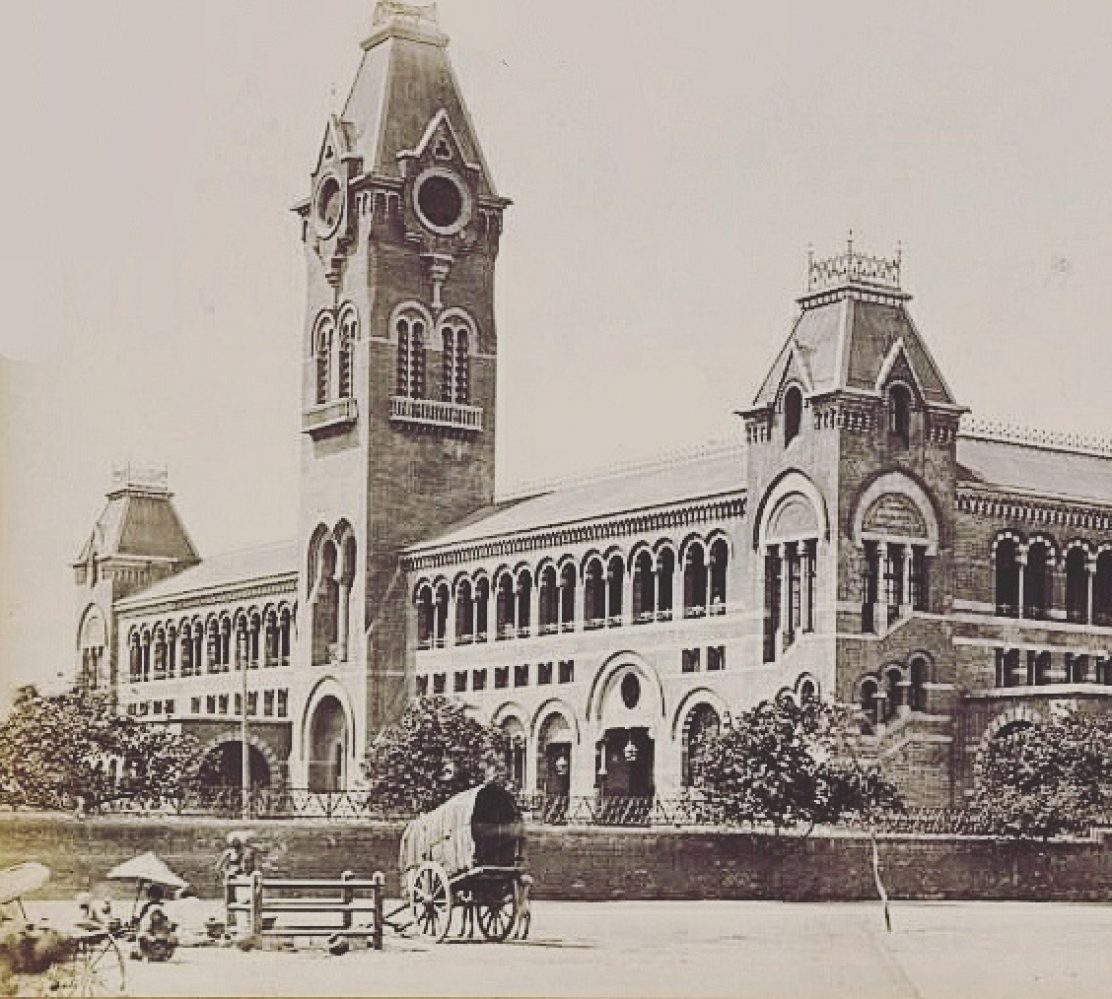As we remember madras and its glory, it is only appropriate that we also remember the people responsible for the magnificent city it was. Both Indian and British officials have a huge part in the administration during the colonial period but nobody is quite fondly remembered as Governor Thomas Munro. Yesterday was the birth anniversary for Sir Thomas Munro (27,may 1761) who was born 256 years ago in Scotland.
Initially he served the British forces that fought Hyder Ali and Tipu Sultan. He moved to administration and experimented with the ryotwary system, which he improved later in the Ceded Districts, now Rayalaseema. It was considered favourable to the peasants.
In the Rayalaseema area, where he spent some years as Collector, there are a number of temples with which his name is associated, such as in Kadiri, Mantralayam and Tirupati. Peasants even now, name their children ‘Munrolappa’.
After becoming the Governor of Madras in June 1820, Munro reversed the policy of his predecessors as far as relations with the native people were concerned. He wanted them entrusted with greater responsibilities in administration. Munro laid the foundations of a form of district administration that has survived to this day with few changes. Concrete steps were taken towards the formation of an education policy for Madras during his time.
To the commonly felt perception that Indians in administration were corrupt, Munro had this to say: “Their (Indians) place could never be supplied by a few foreigners imperfectly acquainted with their customs and language. I have never seen any European whom I thought competent, from his knowledge of the language and the people, to ascertain the value of the evidence given before him. He died of cholera in 1827 while touring the Northern Districts. Years later, Rajaji said “Whenever any young Civil Servant came to me for blessings or when I spoke to them in their training school, I advised them to read about Sir Thomas Munro, who was the ideal administrator.”
Thomas Munro may be remembered by his Majestic statue mounted on a horse in the heart of Madras but Munro’s best memorial lay in the hearts of the people.


